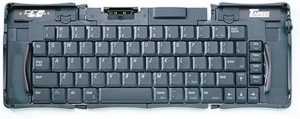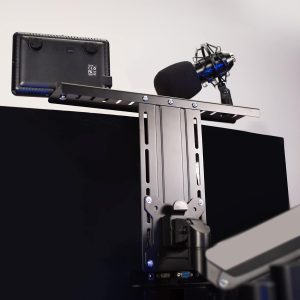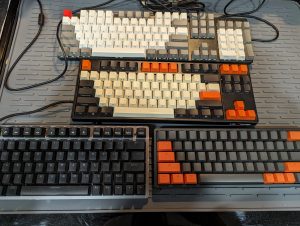 The first time I saw a keyboard and knew I needed to get it was when I saw someone with the Targus Stowaway keyboard. It was connected up to their PDA. I immediately wanted a PDA and the keyboard to use to type on the go. For those of you who missed the PDA phase, it was the smartphone before smartphones. I still have fond memories of my Handspring Visor.
The first time I saw a keyboard and knew I needed to get it was when I saw someone with the Targus Stowaway keyboard. It was connected up to their PDA. I immediately wanted a PDA and the keyboard to use to type on the go. For those of you who missed the PDA phase, it was the smartphone before smartphones. I still have fond memories of my Handspring Visor.
The Stowaway Keyboard was a tri-fold keyboard that folded into a pocket size item, and contained a mount to put your PDA into to connect to it. The modern equivalent is bluetooth or USB, and connects to your phone. So, I looked on Amazon to see if I could find what the successor to that is.
You still can get TriFolds like that…for example, the Moko Foldable Bluetooth Keyboard. It even has a full number pad.
There are also bifold bluetooth keyboards of varying prices and quality. But, I’ve been on a mechanical keyboard exploration of late, so I wondered what was available in folding or otherwise tiny form factors that was mechanical.
I tried out the Royal Kludge F68 60% folding low profile keyboard. Royal Kludge is a fairly well established lower cost brand, and this was a unique design. I used it to write on a tablet, and it had no issue being plugged in via USB or paired via bluetooth. I was able to type an entire email comfortably with my phone. The only issue was the keycaps started showing discoloration immediately, so I decided to swap the keycaps for something of better quality. The keycaps are low profile, so I found a nice inexpensive set, and it worked perfectly…except for the spacebar. It’s 6U, as opposed to the more common 6.25U…so…problem. But the rest of it is now much better.
But that is a problem in itself. If a keyboard doesn’t start out close to what you what, is it worth putting money in to make it that? I’ve been delving into keyboard videos on YouTube and keyboard forums. I have been buying keyboards only to immediately switch to PBT keycaps. I’ve been experimenting with new switch types…and for the most part, you can only get a limited selection preinstalled on the board and there are so many other options.
We’ll see what I try next, but what is your preference for mobile keyboards? I’ve covered folding as well as the smaller form factors…


